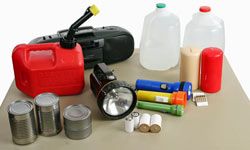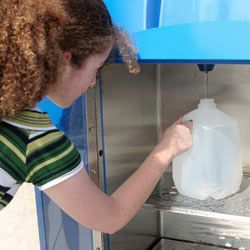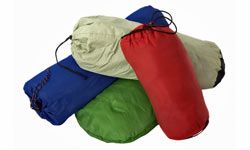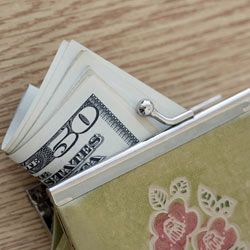Key Takeaways
- A storm survival kit is essential for weathering severe weather, including enough food, water and supplies to last at least 72 hours.
- Essential items for a storm survival kit include water (1 gallon per person per day), nonperishable food, a battery-powered or hand-cranked radio, a first aid kit, lighting (flashlights or camp lights), sleeping bags or blankets, sanitary items, utensils, games or activities to pass the time, and cash or traveler's checks.
- It's crucial to store these items in a cool, dry place and in water-tight containers to ensure they are accessible and usable when needed.
Although she was never a Boy Scout, Lisa Andrews knows the meaning of the group's motto "be prepared." She has to be. She lives in Florida during hurricane season. Andrews, who works at a local medical center in Delray, travels the area talking to people to make sure they're prepared for the worst Mother Nature has to offer. Not only does she speak of a storm's potential hazards, but she also emphasizes that each household prepare a storm survival kit [source: DiPino].
Making sure there are adequate supplies of water, nonperishable foods, batteries and medicines can make a storm a bit easier to weather, Andrews says [source: DiPino]. While the path of hurricanes and nor'easters can be predicted, other storms often blow up out of nowhere, catching people by surprise. In no time, you can be out of power, out of food and out of luck. That's why a storm preparedness kit is essential.
Advertisement
When Hurricane Irene took aim at New England in 2011, I went into survivor mode. I made sure I had enough water for drinking and flushing the toilet. I made sure my grill worked, and that we had plenty of ice and coolers ready to go. I had candles, matches, dog food and biscuits, cat food and toilet paper. I even went out and bought a chain saw before the storm hit.
What I didn't have was an emergency storm kit. I didn't have any batteries for the 10 flashlights I seemingly accumulated over the years, nor did I have enough canned food. Luckily, the power never went out in my neighborhood, although the chain saw came in handy. Experts say a storm kit is essential because you might need to survive on your own in an emergency. Your gas, water, sewage treatment or telephone service might not work after a storm [source: FEMA].
That's why you need to be prepared. Experts say you should have enough food, water and other supplies for at least 72 hours. Moreover, you should keep your survival kit in a safe place that is cool and dry. And if you already have a kit, make sure it's up-to-date [source: FEMA].
If you're making a kit, we'll tell you the 10 essential items you need to include in it next.



